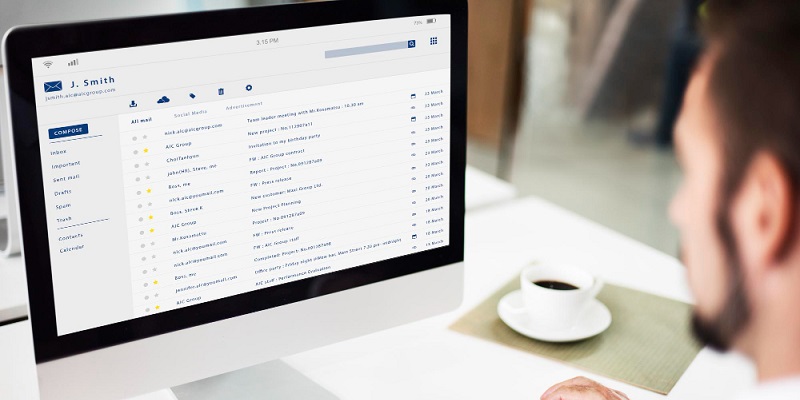Email marketing has become one of the most effective digital marketing strategies in recent years. According to a recent study by Experian, personalized emails receive 29% higher open rates and 41% higher click rates than generic emails. This clearly indicates that personalization is key in any email marketing campaign.
In this article, we will explore some tips and strategies for personalizing your email marketing campaign to make it stand out in the inbox.
Collecting data to personalize emails
The first step to personalizing your email marketing is to collect data. The more information you have about your subscribers, the better you can tailor your messages to their interests and needs.
Asking the right questions
One way to collect data is by asking the right questions in your signup forms and surveys. For instance, if you’re a fashion brand, you may ask subscribers about their preferences when it comes to style, color, and size. If you’re a travel company, you may inquire about their preferred destinations and types of travel.
Providing a link to the preference center
Another way to ensure data collection is to provide a link to your preference center in every email. This allows subscribers to update their preferences at any time, giving you access to their latest information.
Unified Customer View with MarketingCloudFX
MarketingCloudFX is a platform that combines disconnected customer data and enriches it with additional purchased data fields to create a unified view of each of your customers and their information. This platform allows you to access and analyze customer behavior, including browsing history, purchase history, and social media interactions.
Using Personalization Tags in Emails
Once you have the data, the next step is to use personalization tags in your emails. Personalization tags are simply snippets of code that are added to your emails. When a subscriber opens the email, the text in that spot is automatically filled with whatever information is entered into that field for that specific subscriber.
Using personalization tags enables you to greet subscribers by name, address them with relevant content, and recommend products that align with their preferences.
Segmentation for Personalized Messaging
Segmentation is the process of dividing a list of subscribers into smaller, targeted groups based on shared characteristics. Segmentation allows you to move beyond general messaging to all of your subscribers, and send specific, persuasive messages to only those subscribers who are relevant.
Automatic Segmentation Based on Engagement
Most email service providers can automatically create segments based on engagement. This allows you to send different messages to highly engaged subscribers who open almost every email, versus less-engaged subscribers who may need some more coaxing.
Segmentation is certainly one of the most powerful ways to personalize your emails. By segmenting subscribers based on interest, behavior, or demographic, you can send targeted messages that resonate with them.
Dynamic Content for Personalization
Dynamic content refers to content that is displayed differently based on the subscriber’s data and preferences. Essentially, dynamic content is a content block within your email that, when sent, only subscribers who meet certain criteria will see.
This allows you to send the same email to all your subscribers but add any personalized messaging to specific subscribers without sending it to subscribers who wouldn’t find it relevant.
Automations for Behavioral Triggers
Automations refer to a series of pre-scheduled emails that are triggered based on specific subscriber behavior. This behavior could be a purchase, cart abandonment, or form submission. These automations are a powerful way to give subscribers an extra push toward taking the action you want them to take once they’ve taken the first step.
Examples of common automations include:
1. Email filters and autoresponders
2. Social media posting and scheduling tools
3. Automated appointment scheduling and reminders
4. Automatic data backups and file syncing
5. Chatbots and virtual assistants
6. Invoice and payment processing automation
7. Workflow and project management tools
8. Automated customer service and support systems.
Some of the most common automations include abandoned cart emails, post-purchase emails, and lead form submission emails. Abandoned cart emails remind subscribers of the products they left in their cart, while post-purchase emails thank them for their purchase and offer related products. Lead form submission emails welcome subscribers who have opted in for more information and move them through the conversion funnel.
Providing an Extra Push for Conversions
Automations can help nudge subscribers towards a specific action you want them to take. By using audience data and targeting specific behaviors, automation triggers can personalize and improve the subscriber’s experience, resulting in increased engagement and conversions.
Personalization is a critical aspect of any email marketing campaign. A personalized email not only improves engagement but also creates a positive experience for the subscriber. Collecting data, using personalization tags, segmentation, dynamic content, and automation are some techniques that can help create a personalized experience for your subscribers. By following these strategies, you will be able to stand out in the inbox and drive conversions for your business.

